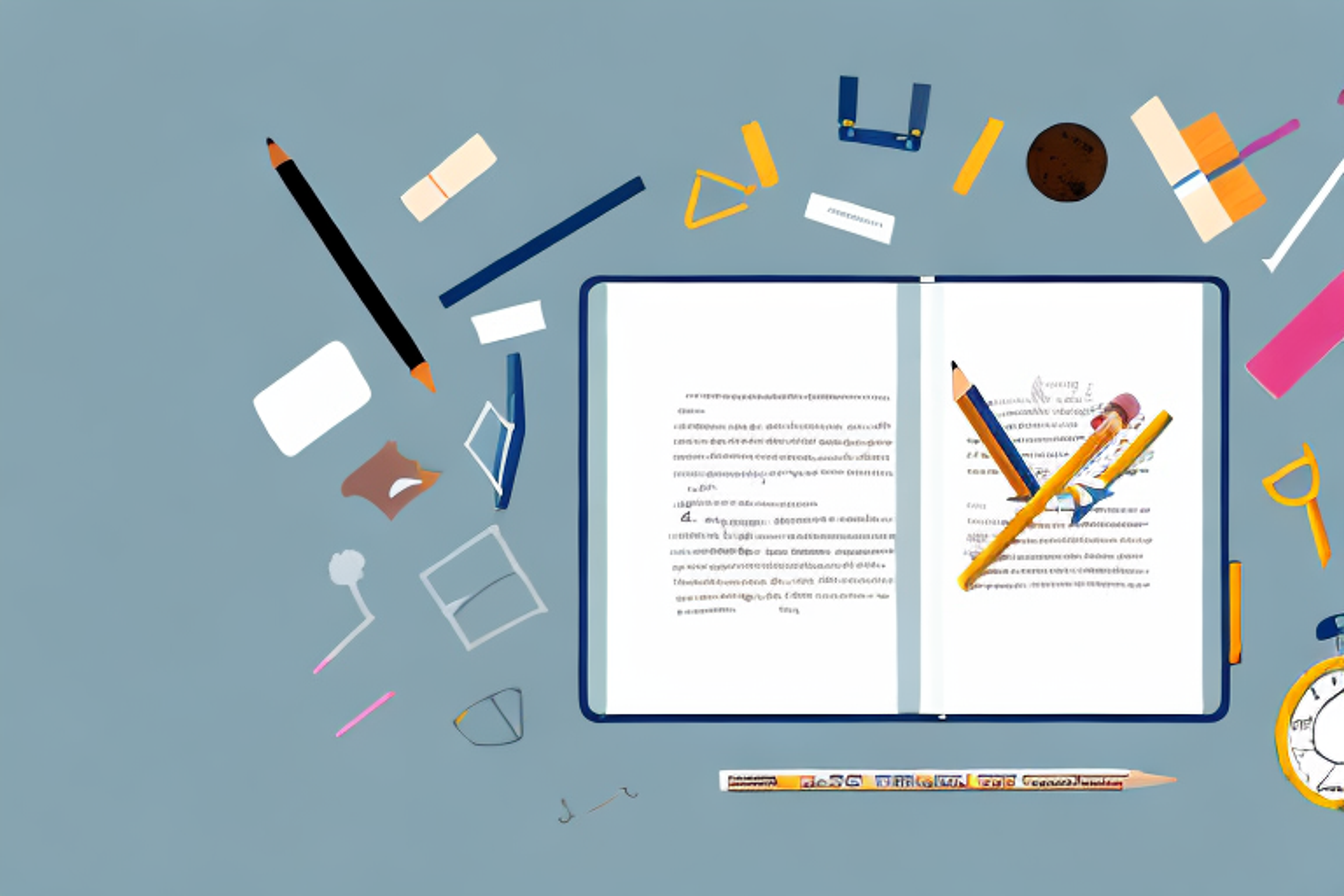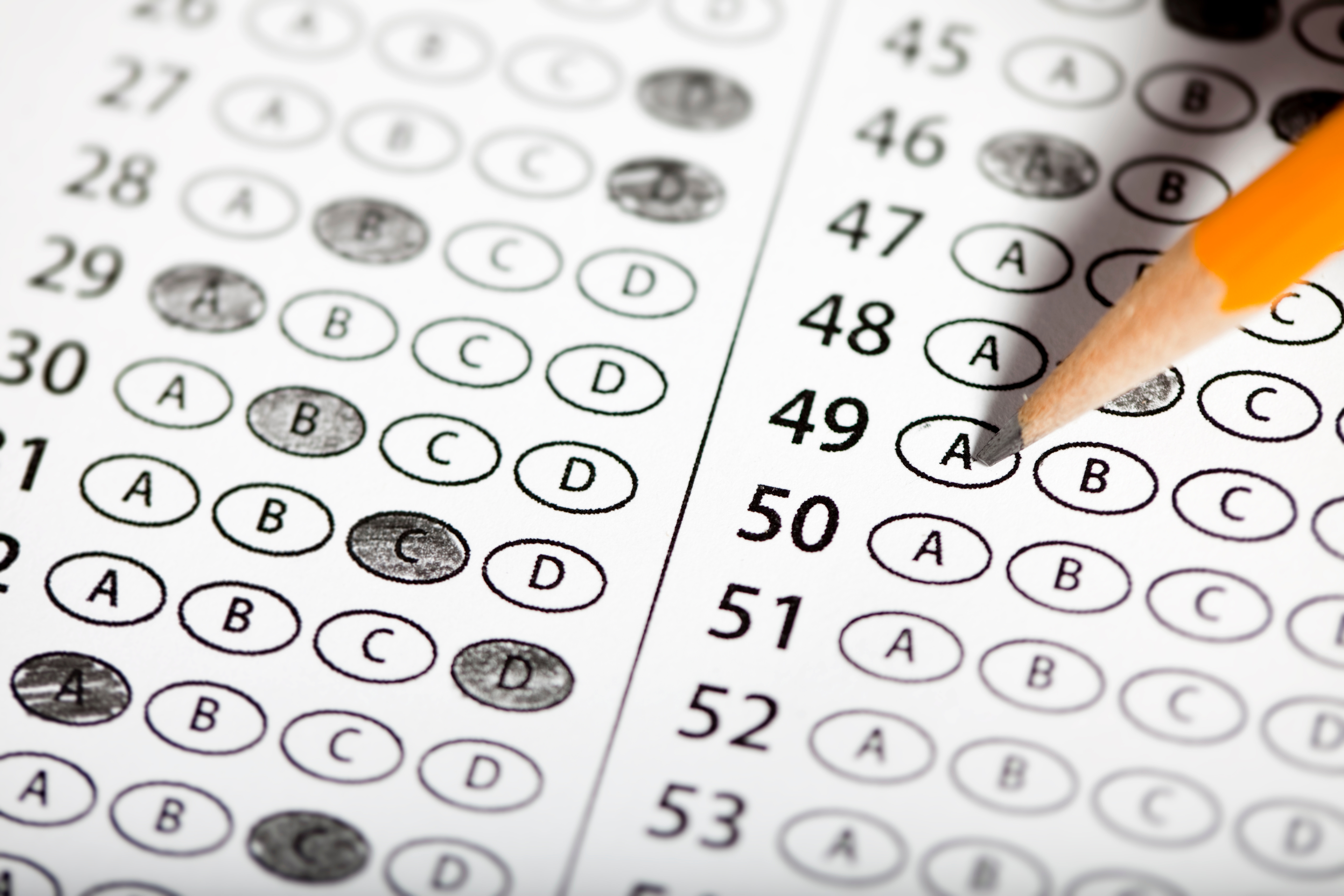
Table of Contents
If you're planning on taking the GMAT, then you'll know that reading comprehension plays a critical role in your overall score. In this article, we'll explore why reading comprehension is so important, and provide you with some tested strategies to help you improve your comprehension skills, so you can score higher on the GMAT.
Why is Reading Comprehension Important for the GMAT?
Reading comprehension is an essential component of the GMAT, as it tests your ability to understand, analyze, and interpret written passages in a limited amount of time. The GMAT reading comprehension section requires you to read and evaluate complex texts and respond to questions about the main idea, tone, purpose, and structure of the passages. Your ability to comprehend and retain information from these passages plays a crucial role in your success on the GMAT.
Moreover, reading comprehension skills are not only important for the GMAT, but also for your future academic and professional endeavors. In college and graduate school, you will be required to read and comprehend large volumes of complex texts, and in the workplace, you will need to analyze and interpret various types of written communication, such as reports, emails, and memos. Therefore, developing strong reading comprehension skills through GMAT preparation can benefit you in many aspects of your life.
Strategies for Effective Reading Comprehension
Effective reading comprehension strategies can help you to approach texts in a way that maximizes your understanding. There is no one-size-fits-all approach to reading comprehension, but here are some strategies that you can use:
Another effective strategy for improving reading comprehension is to make connections between the text and your own experiences or knowledge. This can help you to better understand and remember the information presented in the text. Additionally, taking breaks during long reading sessions can help to prevent fatigue and improve focus. Try taking a short walk or doing a quick stretch to refresh your mind and body before returning to the text.
Understanding the Structure of GMAT Reading Comprehension Questions
GMAT reading comprehension questions have a consistent format. In general, they are designed to test your understanding of a passage's main idea, purpose, tone, organization, and important details. The questions may be straightforward, or they may require inference and analysis of the provided content.
It is important to note that GMAT reading comprehension questions are not just about testing your ability to comprehend the passage. They are also designed to evaluate your critical thinking skills. You will be expected to draw conclusions, make inferences, and analyze the information presented in the passage.
Additionally, GMAT reading comprehension questions may include multiple passages, each with its own set of questions. These passages may be related to each other, or they may be completely unrelated. It is important to read each passage carefully and understand how it relates to the questions being asked.
Tips for Skimming and Scanning Texts on the GMAT
Scanning is an indispensable reading skill that can optimize your time and help you pinpoint answers to the questions efficiently. One approach to scanning is to look for patterns by searching for rhetorical structure and phrasing that help to locate the relevant information. Skimming, on the other hand, is useful for quickly previewing the text and can help you get an overall picture of the content.
It is important to note that while skimming and scanning can be helpful techniques, they should not be relied on exclusively. It is still important to read the text thoroughly and carefully to ensure a complete understanding of the material. Additionally, practicing these skills regularly can improve your speed and accuracy, making them valuable tools for success on the GMAT and beyond.
How to Identify Important Information in GMAT Reading Passages
It is essential to distinguish main points and supporting details when reading for comprehension on the GMAT. Key ideas are usually identified in the opening paragraph, thesis statement, conclusion, and topic statements in paragraphs. Supporting details such as examples, statistics, and definitions help to provide context and strengthen the writer's claims.
Another important aspect to consider when identifying important information in GMAT reading passages is to pay attention to transitional words and phrases. These words and phrases help to connect ideas and show the relationship between different parts of the passage. Examples of transitional words and phrases include "however," "in contrast," "similarly," and "therefore."
Additionally, it is important to identify the tone and purpose of the passage. Understanding the author's tone and purpose can help you identify the main points and supporting details. For example, if the author's tone is critical, they may be highlighting flaws or weaknesses in an argument. If the purpose of the passage is to persuade, the author may use strong language and provide compelling evidence to support their claims.
Practicing Active Reading Techniques to Improve Comprehension
To develop active reading skills, you need to engage with the text actively. Try writing summaries of paragraphs or take notes on significant points that will be valuable when answering the test questions. Use highlighting and underlining to emphasize relevant points in the text.
Another effective active reading technique is to ask questions while reading. This helps you to stay focused and actively engaged with the text. You can ask yourself questions like "What is the main idea of this paragraph?" or "How does this information relate to what I already know?" Additionally, try to make connections between the text and your own experiences or knowledge. This will help you to remember the information better and make it more meaningful to you.
Common Traps to Avoid in GMAT Reading Comprehension Questions
The GMAT is designed to test your ability to grasp essential concepts and analyze information. To accomplish this, it sometimes utilizes traps that can draw you off the main idea of the passage. Examples of traps include the use of persuasive language, irrelevant information, and technical jargon. Identifying these traps during the practice sessions can help you avoid them on test day.
Another common trap to avoid in GMAT Reading Comprehension questions is the use of extreme language. Sometimes, the passage may use words like "always" or "never" to make a point. However, these words are rarely accurate and can lead you to choose an answer that is too extreme. It is important to read the passage carefully and look for evidence to support the author's claims, rather than relying on extreme language.
Using Context Clues to Determine Meaning on the GMAT
GMAT passages can be dense, and vocabulary can be extensive. Context clues are words, phrases, or sentences that provide hints for the meaning of words that may not be familiar to you or for the idiom of words that appear to be familiar, but are used in an unconventional way. Context clues can be used to narrow down the meaning of new words or for inferring the meaning of unfamiliar idioms.
One type of context clue is a synonym clue, where a word with a similar meaning is used in the same sentence or paragraph. For example, if the word "abhor" is used in a sentence, and you are not familiar with it, you can look for a synonym clue such as "hate" or "detest" to help you understand the meaning.
Another type of context clue is an antonym clue, where a word with the opposite meaning is used in the same sentence or paragraph. For instance, if the word "ambiguous" is used in a sentence, and you are not sure what it means, you can look for an antonym clue such as "clear" or "definite" to help you deduce the meaning.
Creating a Study Plan for Improving GMAT Reading Comprehension
Improving your GMAT reading comprehension requires practice and focus. Although it is impossible to read every type of document out there, it is possible to become familiar with the format of reading questions on the test. Create a study schedule that sets out time for practicing with reading comprehension questions, including your study materials and simulated GMAT exams. This approach will help you familiarize yourself with the types of questions asked in the reading comprehension part of the GMAT.
In summary, you can use several strategies to improve your GMAT reading comprehension. These include active reading, skimming and scanning, identifying key information, and practicing to avoid common traps and develop context clues. By using these strategies, along with developing a routine study plan, you will be well on your way to improving your reading comprehension skills for the GMAT, and you can approach the exam with confidence.
Another important strategy for improving your GMAT reading comprehension is to read widely and regularly. This will help you to develop your reading speed and comprehension skills, as well as your ability to understand complex texts. You can start by reading articles and books on a variety of topics, including business, science, and social sciences. Additionally, you can practice reading academic journals and research papers, which will help you to become familiar with the types of texts you will encounter on the GMAT. By incorporating regular reading into your study plan, you will be able to improve your reading comprehension skills and perform better on the GMAT.











